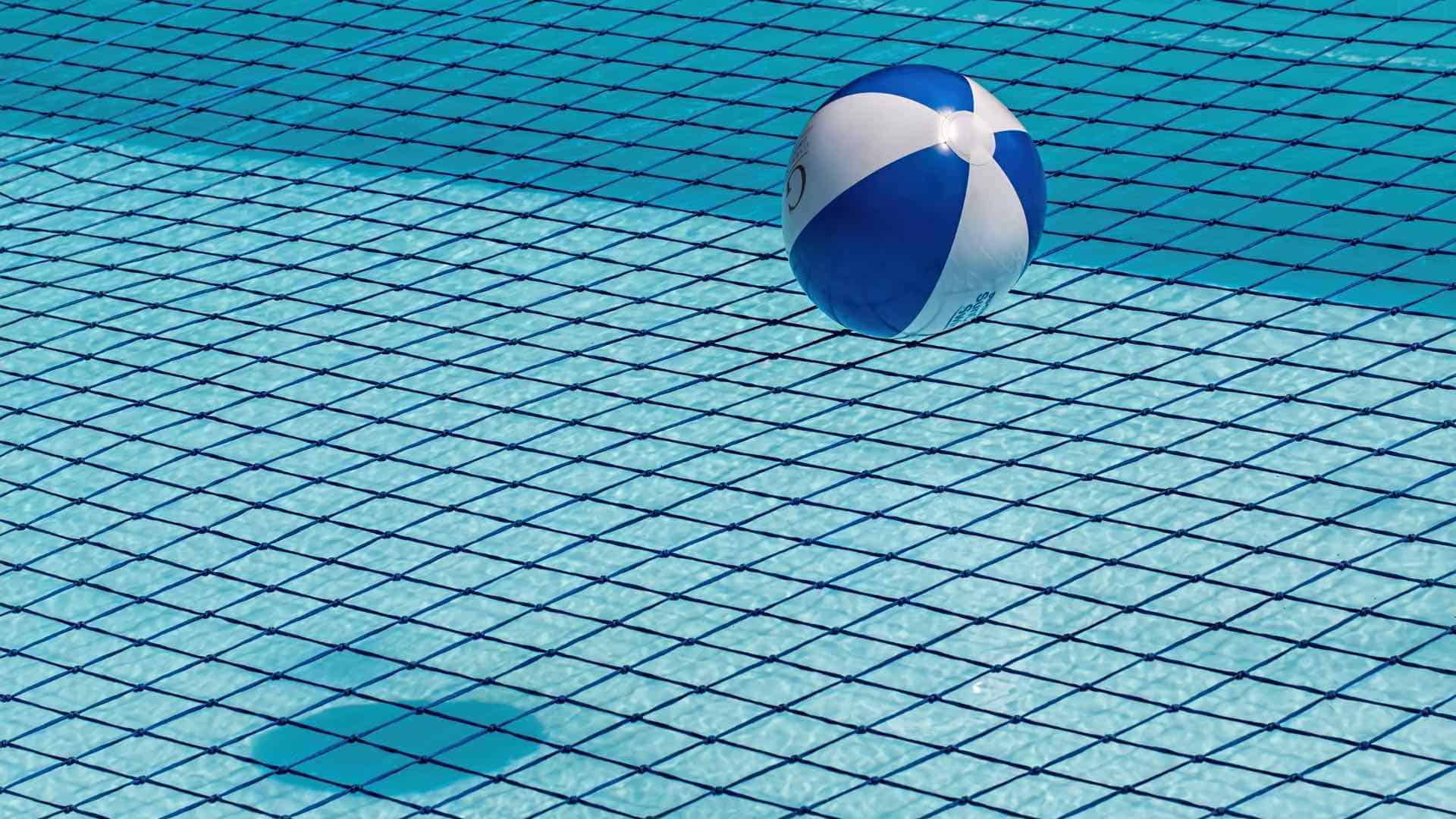Additives in soft PVC products
PVC additives in toys thoroughly investigated
Whatever material is used for toys – wood, rubber, cloth, PVC or other plastics – they will extract and ingest substances. The potential for children to intake a variety of substances, including PVC additives, has therefore been extensively investigated.Stabilisers in soft PVC products
The use of stabilisers is closely regulated in the EU and the permitted levels of allowed materials which can be used in PVC toys are set out in the EU Toy Safety Directive (2009/48/EU).Plasticisers in soft PVC products
Most PVC for toys uses plasticisers to give the flexibility that makes the material so appropriate for children. The main plasticisers are phthalates, a group of colourless, odourless and, in the presence of oxygen, readily biodegradable liquids. These are used as plasticisers to give raw PVC the desired qualities of flexibility for use in toy applications. In addition to their use in flexible PVC, phthalates also have a range of other applications including paints, rubber products, adhesives and some cosmetics.
Use of phthalates in toys and childcare articles is regulated by Directive 2005/84/EC, which is now included in Annex XVII (Restrictions) of the REACH Chemicals Regulation 1907/2006. It is forbidden to place on the EU market: Toys and childcare articles containing DEHP, DBP and BBP in a concentration greater than 0..1 % by mass of the plasticised material Toys and childcare articles which can be placed in the mouth by children and containing DINP, DIDP and DNOP in a concentration greater than 0.1 % by mass of the plasticised material.

